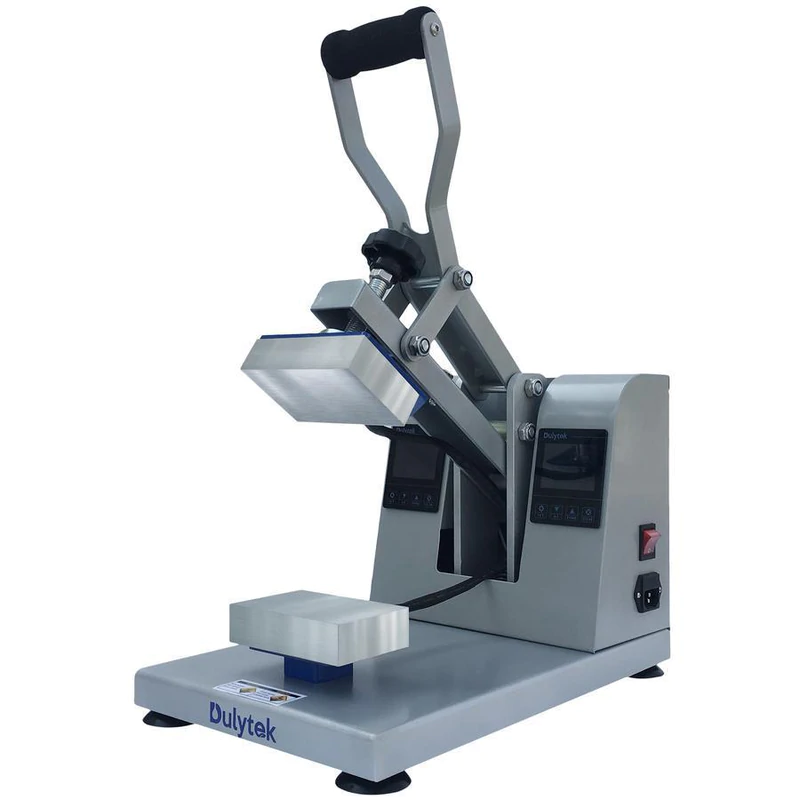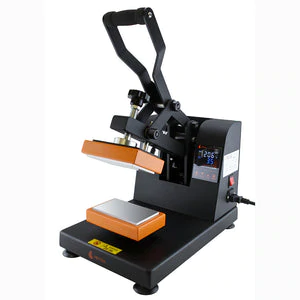- Home
- SHOP ECO FARM
-
TOP BRANDS
-
Grow Lights Brands
- Adjust-A-Wing
- Apollo Horticulture
- Bestva
- Black Dog LED
- California Lightworks
- ChilLED Grow Light
- Eco Farm
- HLG - Horticulture Lighting Group
- Kingled
- Kind LED
- Mars Hydro
- Morsen
- Neilo
- NextLight
- Phlizon
- PlatinumLed
- Roleadro
- Optic LED Grow Lights
- ViparSpectra
- Vivosun
- EYE Hortilux
- IPOWER
- NanoLux
- Phantom grow light
- Gavita grow lights
- Grower's Choice
- Lumatek
- Maxibright
- Yearld Pro
- ThinkGrow
- Crecer Lighting
- Green Sunshine Electric Sky
- fohse aries
- loriflux
- luxx
- fluence
- iluminar
- Lex
- LTC
- Rayonled
- FGI
- PHOTONTEK
- Grow Tents & Kits Brands
- Extraction & Harvest Brands
- Climate Control & Hydroponic Brands
-
Grow Lights Brands
- COMPANY INFO
- COOPERATE WITH US
- Blog
- Sign in
- Home
-
SHOP ECO FARM
- ECO Farm Grow Lights
- ECO Farm LED Grow Lights
- ECO Farm Quantum Board
- ECO Farm Samsung LED Grow Lights
- ECO Farm COB Grow Lights
- ECO Farm Commercial Lights
- ECO Farm Supplemental Grow Light
- ECO Farm Fluorescent grow lights
- ECO Farm HPS & MH Grow Lights
- ECO Farm CMH Grow Lights
- ECO Farm HID/CMH Bulbs & Ballasts
- ECO Farm Grow Tents & Kits
- ECO Farm 2x2ft Grow Kits
- ECO Farm 3x3ft Grow Kits
- ECO Farm 3.3x3.3ft Grow Kits
- ECO Farm 4x4ft Grow Kits
- ECO Farm 5x5ft Grow Kits
- ECO Farm Grow Tent - Standard Style
- ECO Farm Grow Tent - Extension & Roof & Lodge Style
- ECO Farm Extraction & Harvest
- ECO Farm Rosin Press Machine
- ECO Farm Dry & Wet Trimmers
- ECO Farm Oil Accessories
- ECO Farm Medicinal Plants Grinder
- ECO Farm Medicinal Plants Containers
- ECO Farm Medicinal Plants Dryer
- ECO Farm Refrigeration Dryer
- ECO Farm Climate Control & Other Accessories
- ECO Farm Inline Duct Fans
- ECO Farm Oscillating Fans
- ECO Farm Exhaust Fans
- ECO Farm Air Filter
- ECO Farm Duct Muffler
- ECO Farm Ventilation Kits
- ECO Farm Plant Humidifiers
- ECO Farm Plant Dehumidifiers
- ECO Farm Hydroponic Accessories
- ECO Farm Other Accessories
- ECO Farm Hydroponics Microscopes
-
TOP BRANDS
- Grow Lights Brands
- Adjust-A-Wing
- Apollo Horticulture
- Bestva
- Black Dog LED
- California Lightworks
- ChilLED Grow Light
- Eco Farm
- HLG - Horticulture Lighting Group
- Kingled
- Kind LED
- Mars Hydro
- Morsen
- Neilo
- NextLight
- Phlizon
- PlatinumLed
- Roleadro
- Optic LED Grow Lights
- ViparSpectra
- Vivosun
- EYE Hortilux
- IPOWER
- NanoLux
- Phantom grow light
- Gavita grow lights
- Grower's Choice
- Lumatek
- Maxibright
- Yearld Pro
- ThinkGrow
- Crecer Lighting
- Green Sunshine Electric Sky
- fohse aries
- loriflux
- luxx
- fluence
- iluminar
- Lex
- LTC
- Rayonled
- FGI
- PHOTONTEK
- Grow Tents & Kits Brands
- Apollo Horticulture
- Black Box
- CoolGrows
- Eco Farm
- GrowLab
- Gorilla Grow Tents
- Mars Hydro
- Quictent
- Secret Jardin
- Unit Farm
- TopoGrow
- VIVOSUN
- Topolite
-
COMPANY INFO
-
COOPERATE WITH US
- Blog
Best Rosin Presses of 2023
March 17, 2023
Own a rosin press but wondering how to use it for the best yield? When used in the right way, a rosin press allows you to preserve herbs and experience them in ways unimaginable without them. We’ve handpicked the top tips to help you out, so be sure to read this article from cover to cover!
Optimum temperature for rosin press:
Flowers: 175–225 degrees Fahrenheit
Bubble Hash: 130–200 degrees Fahrenheit
Dry sieving: 140–200 degrees Fahrenheit
These temperatures are good guidelines and will work perfectly for most rosin presses. That being said, your individual press may have different temperature guidelines, so you should see if the manufacturer provides a different temperature.
Higher temperatures are usually required when embossing flowers because the trichomes are not separated like Bubble Hash, so more heat is needed to help loosen the rosin and separate it from the flower. Therefore, a general rule of thumb is to simply keep the temperature of the Bubble Hash and Dry Sift press lower than when pressing.
How Temperature Affects Rosin:
As mentioned above, some experimentation is required to find the optimum temperature for your rosin press. I highly recommend you take your time, as temperature plays a huge role in how well the rosin will actually work. Temperature can affect your rosin in the following ways:
Taste: The higher the temperature you use, the more terpenes you actually kill in the process. This usually means you get a lighter flavor, and it actually tastes a little more burnt than the flower’s natural flavor.
Color: The longer and hotter the rosin is cooked, the darker it will become. These colors will usually be lighter if you decide to cold press and use a lower temperature.
Yield: Using a higher temperature can actually help increase yield, while lower temperatures usually have a lower yield but better flavor and consistency.
Consistency: If you’re looking for a glass-like consistency, using a higher temperature may break it, while using a lower temperature will give you a more buttery consistency.
ECO Farm 15000 psi Electric Auto Rosin Press

Features:
The ECO Farm Rosin Press is completely plug-and-play, delivering power at the touch of a button. The 4″ x 6″ Aluminum Hot Plate has independent thermocouples to heat to different temperatures, they distribute heat evenly with 1°F temperature accuracy. The “Press” and “Release” buttons allow gradual pressing to reduce blowouts for better results. This is a robust unit ideal for those looking for a simple, automated solution for rosin pressing.
Dulytek DM1005 Clamshell Manual Rosin Press

Features:
Dulytek Rosin Press is suitable for solvent-free vegetable oil extraction for small business and personal use. The press is lighter than its predecessor, the DM1000, but stronger and more powerful, with a locking lever mechanism and adjustable pressure knob to apply maximum pressure without the need for continuous manual force. The press’s dual thermal solid aluminum plates ensure even heat distribution for optimal output. Touchscreen temperature and timer controls allow you to set and save press parameters for multiple batch extractions. The temperature control can be easily adjusted to display Fahrenheit or Celsius settings, depending on your preference. The DM1005 is easy to use and requires no additional equipment or parts to start pressing.
INTIVA IM1200 Clamshell Rosin Press

Features:
Rosin presses are designed for solvent-free extraction of vegetable rosin oil for pharmaceutical, food processing, brewing, cosmetic and research laboratory applications. The Intiva IM1200 Clamshell Rosin Press is suitable for solvent-free vegetable oil extraction for small businesses and personal use. Lightweight, yet stronger and more powerful, the Intiva IM1200 Flip Rosin Press features a locking lever mechanism and an adjustable pressure knob that eliminates the need for constant manual maximum pressure. The press’s dual thermal solid aluminium plates ensure even heat distribution for optimal output. Touchscreen temperature and timer controls allow you to set and save press parameters for multiple batch extractions.
How To Use A Rosin Press:
The Basics of how to use a rosin press:
1. Take a nug of flower and put it between two rosin bags.
2. Close the bag with the flower inside by twisting the ends together. If your press came with an attachment that rolls up into a tube, use this for closure instead.
3. Set up your rosin press with the right temperature and pressure settings. Here’s the best temperatures for rosin presses.
4. Put the bag into your press on top of one of its plates (don’t stack them). Some presses have multiple stages you can use to go from lower-temperature range to higher-temperature range for pressing for more yield and potency — but don’t worry about that now if you’re just starting out and want something simple and easy!
5. Press down hard until all air has been let out and there is no “give. Hold the pressure for the designated time provided by your rosin press.
6. Release pressure and allow your rosin press to cool before removing the rosin. Once cooled you can collect your end product and place it in the fridge if needed.
Conclusion
Much has been said about rosin presses and what you have to gain from them. In fact, they’re a welcome development for the industry. The nature of information is that you can use it to make decisions. With the information you now have about rosin presses, the next logical thing to do is to choose one based on the factors surrounding its intended use.
What are you waiting for?
